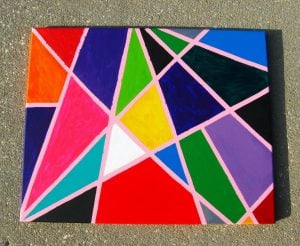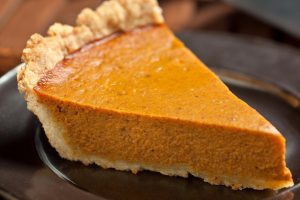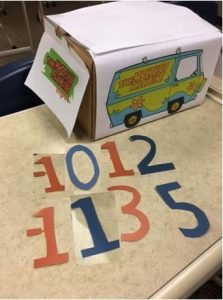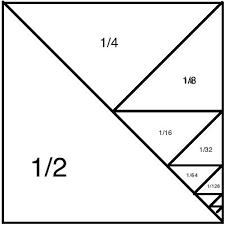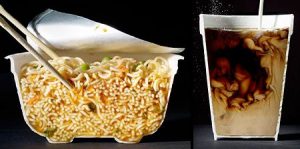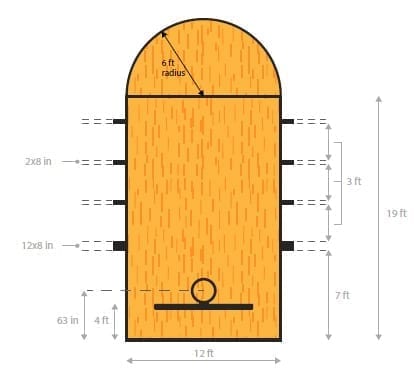
Problem: The dimensions of the area known as the “key” in high school basketball are above. The rectangular area is 12 feet by 19 feet. The area connected to the top of this rectangle is a half circle and has a radius of 6 feet. Find the combined area of the two shaded regions.
The CCSS aligned with this problem is:
CCSS.MATH.CONTENT.HSG.MG.A.1
Use geometric shapes, their measures, and their properties to describe objects (e.g., modeling a tree trunk or a human torso as a cylinder).*
I selected this problem because basketball season is beginning and many students connect with the sport. However, many students who do follow basketball aren’t aware of the dimensions of the court, so I felt that it would be an interesting topic. This task requires students to use their knowledge of areas of rectangles and circles, as well as their mathematical reasoning abilities to solve for the overall area. If I was teaching this lesson I might leave the dimensions off of the picture and have the students measure the dimensions in the school gym as partners, then solve for the area using their own measurements. This makes the activity more involved and engaging.


